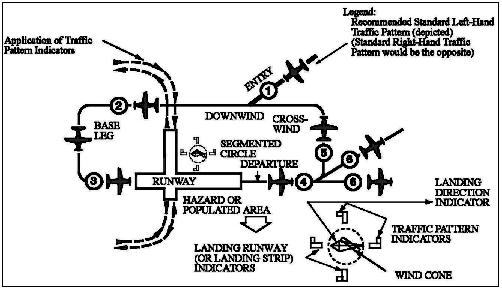Just what it says in 91.113(g):
So...
Straight-ins never have to yield to traffic in the pattern unless the other traffic is an emergency aircraft or a privileged category (balloon, glider, airship). See
Administrator v. Fekete.
The only area where minimum distance from the field is an issue is when you're turning in from the side opposite the published pattern direction. In that case, 4-5 miles is plenty, and 1-2 miles isn't enough. See
Administrator v. Boardman and the cases cited therein for details.
That's the official rule, and technically, communicating your intentions is not required, just courtesy.
No, I do not, and I do them quite often.





